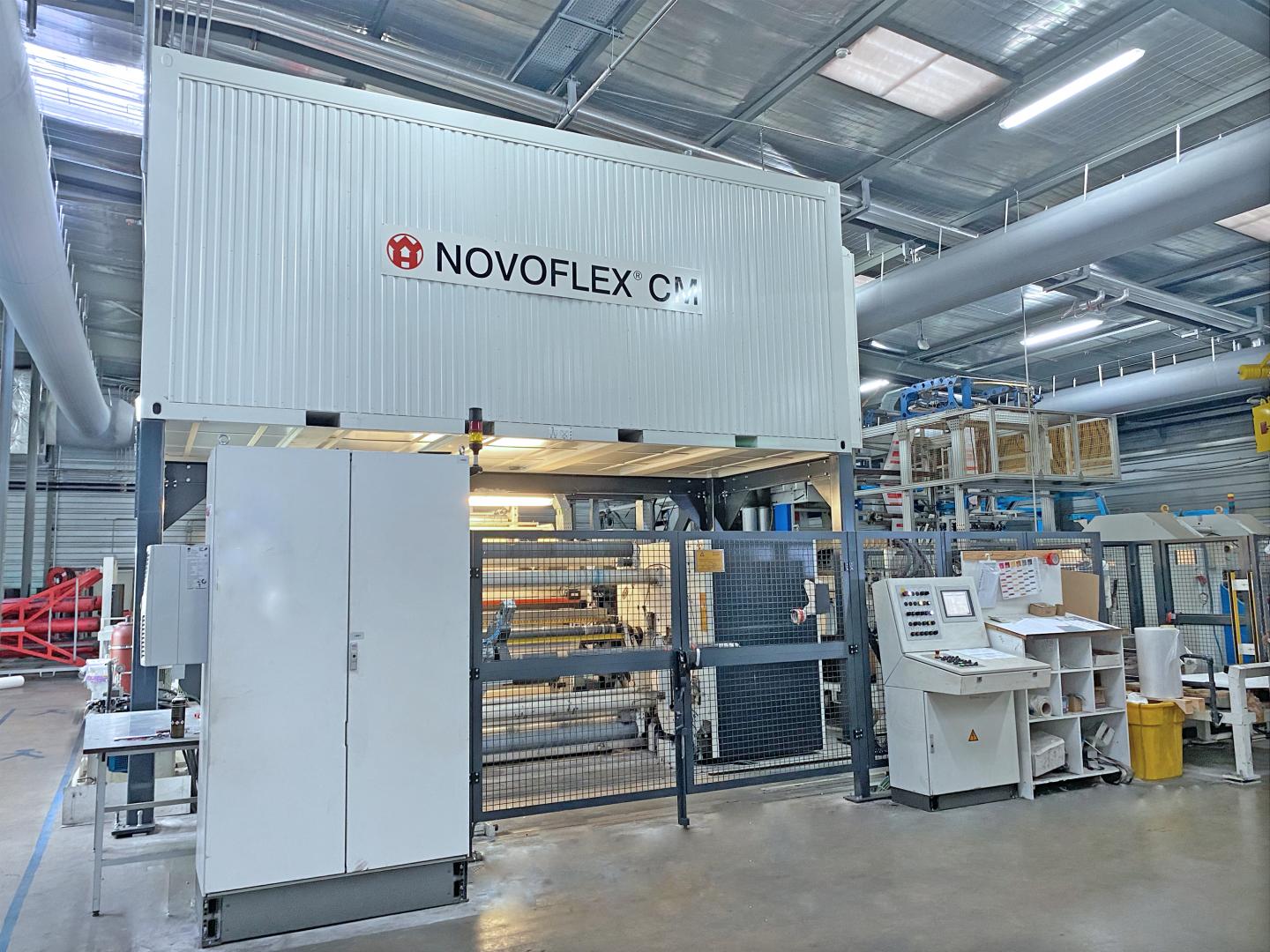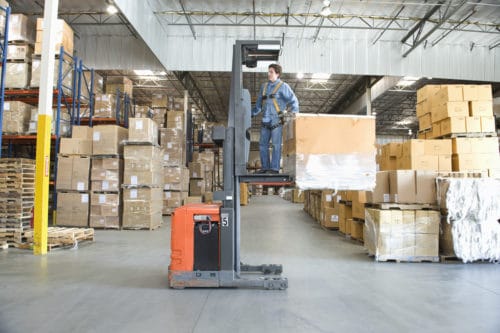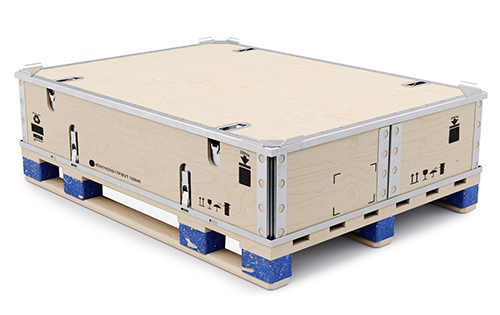Bulk Container Recycling Initiatives: Sustainably Browsing Sector
Bulk Container Recycling Initiatives: Sustainably Browsing Sector
Blog Article
Efficient Industrial Recycling Solutions for Lasting Product Packaging: A Comprehensive Overview
That's where this thorough overview on efficient industrial recycling services for sustainable packaging comes in. By discovering key locations such as packaging material option, developing for recyclability, carrying out reusing framework, teaming up with reusing companions, and monitoring and determining recycling success, this overview will furnish you with the understanding and tools necessary to make informed choices and drive favorable adjustment within your organization. Whether you're a product packaging specialist, sustainability manager, or simply interested in the subject, this overview will offer beneficial understandings and techniques to assist you browse the world of sustainable product packaging.
Product Packaging Product Selection
The option of product packaging products plays an essential function in making certain the sustainability of industrial recycling remedies. The selection of products is key in reducing ecological influence and making best use of reusing performance when it comes to lasting packaging. Choosing the best materials can help reduce waste generation, save resources, and advertise a round economy.
One essential element to consider in product packaging product choice is recyclability - industrial metal packaging. Products that can be conveniently reused and integrated back into the manufacturing cycle are favored. Materials like cardboard, paper, glass, and certain kinds of plastics can be reused several times without shedding their top quality. On the various other hand, products that are hard to reuse, such as combined plastics or non-recyclable compounds, can produce challenges for the reusing procedure and might wind up in garbage dumps or burners.
One more factor to consider is making use of biodegradable and sustainable materials. Packaging made from sustainable resources, such as plant-based plastics or biopolymers, can assist lower reliance on fossil fuels and minimize climate modification. Additionally, naturally degradable products damage down naturally gradually, reducing the accumulation of waste in garbage dumps.
Furthermore, the weight and volume of product packaging products should be reduced to lower transport costs and energy usage. Light-weight products not just require fewer resources throughout manufacturing yet also contribute to decrease carbon exhausts throughout transportation.
Creating for Recyclability
In order to ensure the recyclability of packaging materials, thoughtful design is crucial. Creating for recyclability involves creating packaging that can be conveniently arranged, divided, and refined in recycling facilities. One essential aspect of developing for recyclability is the option of materials. Packaging designers should focus on using materials that are extensively accepted for recycling and have developed reusing infrastructures. Products such as glass, light weight aluminum, and certain kinds of plastic, like pet dog and HDPE, are frequently recycled and ought to be favored over products that are difficult or expensive to recycle.
Another important consideration in designing for recyclability is the elimination of unneeded elements or materials. By reducing the number of layers, finishings, and extra elements, packaging can be made less complex and easier to reuse. Furthermore, developers need to aim to minimize using blended products, as they can make complex the reusing procedure.

Implementing Recycling Facilities
Effective application of reusing facilities is essential for the success of commercial recycling options. Without proper facilities in area, the recycling procedure ends up being inadequate and inefficient, impeding the overall goal of lasting packaging.
To execute reusing infrastructure successfully, several crucial factors require to be considered. There ought to be an efficient collection system that helps with the separation and collection of recyclable materials. This can consist of designated recycling containers in public spaces, in addition to partnerships with waste management firms for curbside pickup and sorting.
Once gathered, the recyclable materials need to be delivered to recycling facilities in a prompt way. This requires effective logistics and transport networks, making sure that the materials get to the appropriate facilities right away.
At the recycling facilities, progressed sorting and handling innovations ought to remain in place to separate different sorts of products properly. This includes using automated arranging equipments, optical scanners, and hand-operated sorting strategies.
In addition, there ought to be a robust market need for recycled materials. This can be accomplished through partnerships with manufacturers and industries that make use of recycled products in their production procedures. Creating a secure market for recycled materials incentivizes the recycling market and promotes the circular economic situation.
Teaming Up With Recycling Allies

One trick facet of teaming up with reusing partners is the facility of clear interaction channels. It is vital to develop open lines of communication to promote the exchange of info, updates, and feedback. This permits both celebrations pop over to these guys to stay educated about the progression of recycling initiatives and resolve any type of obstacles or problems that may emerge.
Additionally, partnership can entail joint efforts in implementing and making recycling programs. Reusing partners can supply beneficial understandings and advice in establishing efficient collection systems and figuring out one of the most appropriate recycling technologies. By collaborating, organizations and reusing companions can enhance the recycling procedure and decrease waste.
Additionally, cooperation can prolong beyond the functional elements of reusing. It can additionally include advocacy and education and learning efforts. By joining pressures, companies and recycling companions can elevate awareness concerning the significance of reusing and advertise the fostering of lasting product packaging methods amongst customers and various other stakeholders.
Monitoring and Measuring Recycling Success
To guarantee the efficiency of industrial reusing remedies and the achievement of lasting product packaging objectives, it is vital for companies and their recycling companions to develop a thorough system for monitoring and gauging reusing success (industrial metal packaging). Determining and tracking reusing success enables businesses to evaluate the influence of their recycling initiatives, determine locations for enhancement, and set meaningful targets for future development
One method to track reusing success is via making use of data collection and analysis devices. By gathering information on the quantity of packaging waste generated, the percentage of waste that is reused, and the sorts of products being recycled, services can get useful insights into their recycling efficiency. This information can after that be examined to determine fads, patterns, and locations of inefficiency.
Another important aspect of monitoring and gauging reusing success is establishing clear and standardized metrics. This permits services to compare their efficiency versus market benchmarks and track their progress in time. Metrics such as recycling rates, waste diversion rates, the original source and greenhouse gas exhausts can provide a measurable procedure of a company's recycling success.

Verdict
In conclusion, carrying out effective industrial recycling solutions for lasting product packaging calls for cautious consideration of packaging material option, making for recyclability, applying reusing framework, collaborating with reusing companions, and tracking and measuring recycling success. By incorporating these methods, companies can add to an extra lasting and environmentally-friendly approach to packaging, minimizing waste and advertising the round economy.
By discovering crucial locations such as packaging product selection, creating for recyclability, executing reusing facilities, working together with reusing partners, and monitoring and gauging recycling success, this overview will certainly equip you with the expertise and devices required to make enlightened decisions and drive positive adjustment within your company. Packaging designers need to prioritize the use of products that are extensively accepted for recycling and have that site actually established reusing infrastructures.Partnership with reusing partners is important for the effective execution of commercial recycling options and the success of sustainable packaging goals. By signing up with pressures, companies and recycling companions can elevate awareness concerning the significance of recycling and advertise the adoption of sustainable packaging methods amongst customers and other stakeholders.
By accumulating data on the quantity of packaging waste generated, the portion of waste that is recycled, and the kinds of products being reused, organizations can gain important insights into their recycling performance.
Report this page